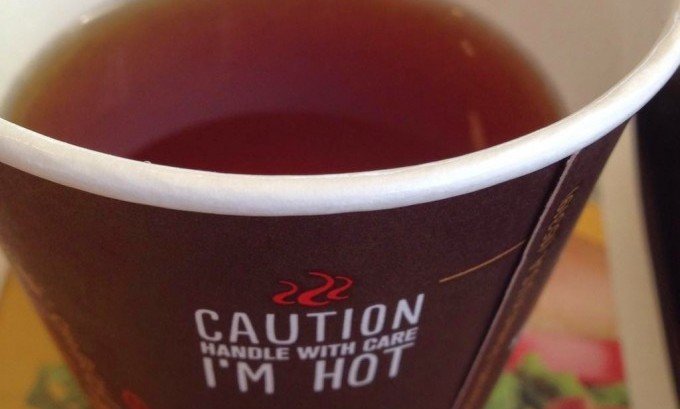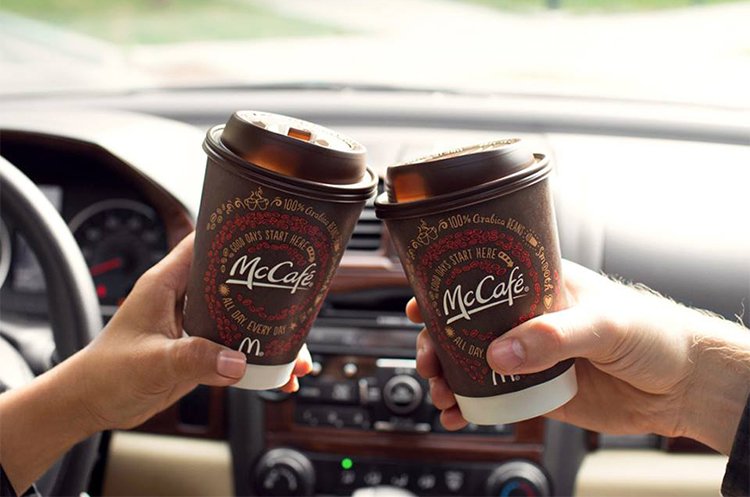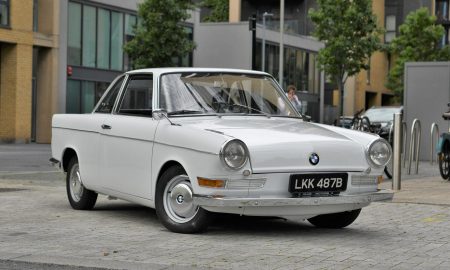
McDonald’s Hot Coffee Lawsuit: 5 Things We Should Understand About The Issue

While coffee is best served hot, having it too hot might not make some people happy. In a controversial case which happened in the early 90s, McDonald’s had a bit of trouble with a client who was not too happy with how hot her coffee was. Here is the real story:
1. Most Ridiculous Case Ever?
Back in 1992, 79-year-old Stella Liebeck became the face for frivolous litigation after she filed a lawsuit against fast food giant McDonald’s for serving coffee that was too hot for her. As a natural consequence, the public was very quick to ridicule her and the media went haywire over the story of a woman who ran off with $2.7 million after spilling coffee on herself. Her story became the subjects of news channels night and day, while late-night TV shows did not need to put in more effort to make people laugh.
Everyone knows that coffee is really supposed to be served hot. There are also those days where you might just be unlucky and spill some of that hot stuff of yourself. However, you might not really know the story behind such case.
2. How It Happened
Stella Liebeck, a native of Albuquerque, New Mexico was riding in the passenger seat of her grandson’s car while holding that boiling hot cup of coffee in her hands. The coffee, which would spill on her and burn her, was served in a Styrofoam cup through the drive-through window at their local McDonald’s branch.
After her order was handed over to her, her grandson pulled the car forward and stopped for a while so that she could add cream and sugar. While civil law critics would say that Liebeck was driving the car during the incident or that the vehicle was in motion, none of that is true. Liebeck then placed the said cup between her knees and tried to remove the plastic cover from the cup. As she did, all the contents spilled on her.
3. Hot as Lava

The McDonald’s hot coffee lawsuit was among the more prominent ones.
When Ralph Nader’s new American Museum of Tort Law opened in Winstead, Connecticut, the truth behind some of the most controversial cases was revealed. Among some of the most bizarre cases that American jurisprudence has ever settled, the McDonald’s hot coffee lawsuit was among the more prominent ones.
The museum stated that the coffee that burned Stella Liebeck was way hotter than it should have been. The coffee was hot enough to cause third-degree burns across clothing in as little as three seconds. The complainant did have such third-degree burns in over 16% of her body, more particularly in her inner thighs and genitals and the burn was so bad that it reached inner layers of muscle and fat. She was hospitalized for eight days following the incident and her total recovery lasted two years.
4. McDonald’s’ Defense
During the trial, McDonald’s produced documents which exhibited around 700 claims by people who were burned by its coffee between the years 1982 and 1992. Some of those claims involved alleged third-degree burns as well, and this evidence showed McDonald’s knowledge about the hazard of their coffee.
The company also said that they hold their coffee at between 180 and 190 degrees Fahrenheit so that they could maintain the best flavor possible. This is significantly higher than coffee served at other establishments which go for around 135 to 140 degrees Fahrenheit. McDonald’s also presented an expert in thermodynamics who testified that a 180-degree coffee would not be serious enough to cause burns that are that serious. They also averred that their clients buy coffee to consume it in work or at home and they do not intend it for them to be consumed while driving.
5. How it Ended

Nobody really knows the true ending to this case. The parties reached a secret compromise and put an end to their litigation.
The jury awarded Liebeck $200,000 in compensatory damages but was later reduced to $160,000 due to Liebeck’s contributory negligence. However, Liebeck was awarded $2.7 million in punitive damages. Upon appeal, the trial court reduced this amount to $480,000.
Nobody really knows the true ending to this case. The parties reached a secret compromise and put an end to their litigation. Such compromise agreement had never been revealed to the public.
While everyone might still be guessing at what terms they agreed to or how much Liebeck got paid if any, the fact remains that this could be one of the most misunderstood cases ever. In a legal sphere where you can complain about almost anything, this will truly be a case for everyone to remember. What do you think about the real story? Share your thoughts with us in the comments below.
More in Life Style
-
How to Lock In a ‘Good’ APR on Your Personal Loans?
When it comes to borrowing, understanding the intricacies of the Annual Percentage Rate (APR) can feel like deciphering a secret code....
March 13, 2024 -
How to Find the Best Personal Loan With Easy Monthly Payments in 2024
A personal loan is an amount of money borrowed from a financial institution, which you pay back in regular monthly payments...
March 8, 2024 -
Why Italy Tops the List for Solo Adventurers
Forget the guidebooks and ditch the group tours. If your soul craves an adventure that’s uniquely yours, then pack your bags...
March 3, 2024 -
From Talking Cars to AI: The Latest Car Tech at CES
Imagine having a chatty companion on your next road trip. One that tells jokes, remembers your preferences, and even helps plan...
February 24, 2024 -
Know the Pros & Cons of Personal Loans Before Applying!
Are you eyeing a personal loan, perhaps to consolidate debt, finance a home renovation, or cover an unexpected expense? Before you...
February 17, 2024 -
What Are Some Major Benefits of a Business Bank Account & How to Open One?
A business bank account is not just a fancy accessory. It is a necessity. Imagine your business as a high-performance vehicle....
February 7, 2024 -
Navigating the Ties Between Love, Living Together, and Financial Security in Retirement
Picture this: you’re nearing retirement, a time for relaxation and enjoying the fruits of your life’s hard work. But here’s a...
January 29, 2024 -
Top 5 Superyachts of 2022
In a world where social distancing became the buzzword, the allure of superyachts took on an even more glittering appeal in...
January 23, 2024 -
Mark Cuban’s Proven Tips for Business Success
Dive into the dynamic world of entrepreneurship with the maverick mind of Mark Cuban, a serial entrepreneur whose $4.6 billion fortune...
January 20, 2024















You must be logged in to post a comment Login